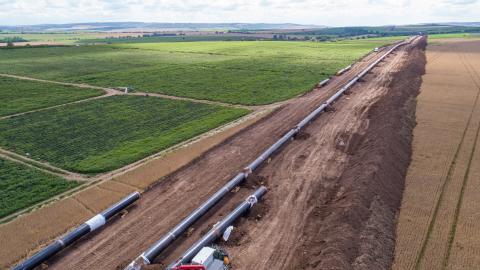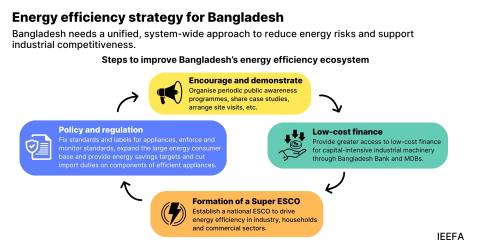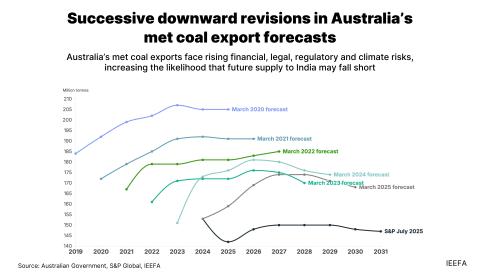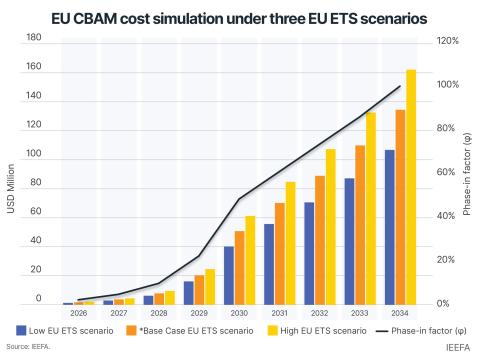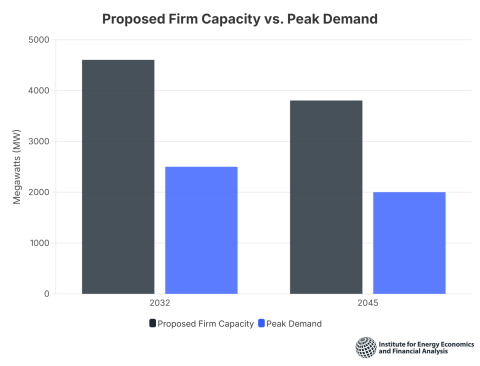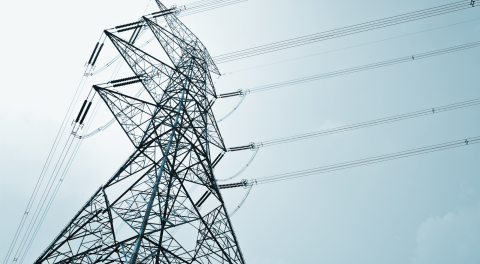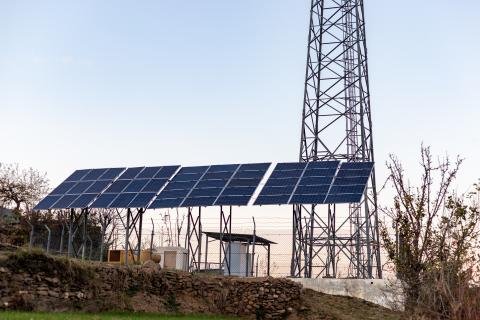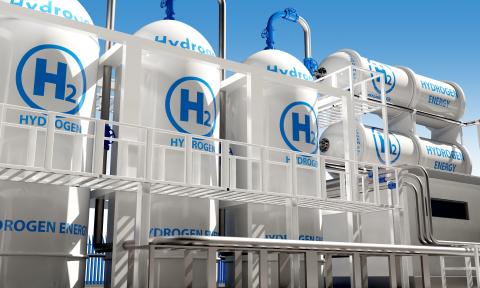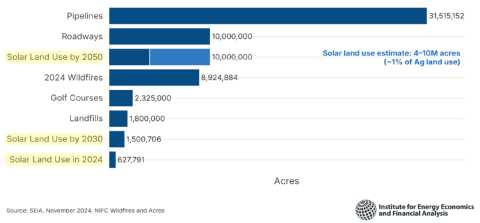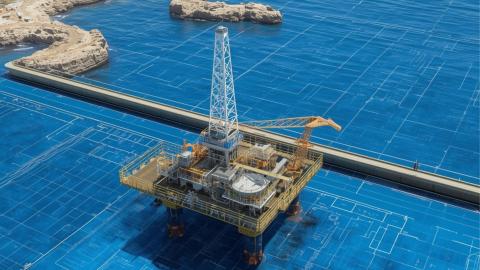Enbridge should consider closing its old, troubled Line 5 pipeline
Download Full Report
View Press Release
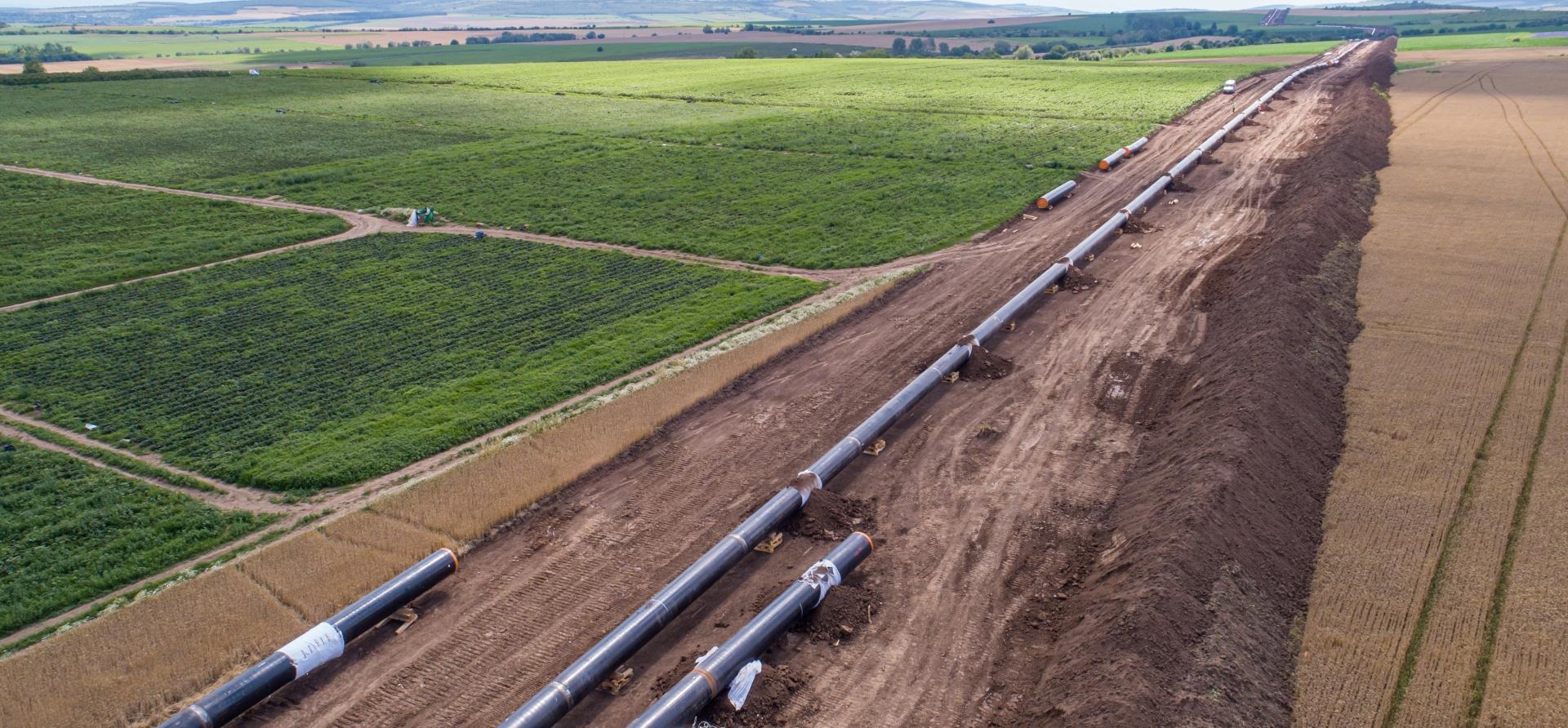
Key Findings
Enbridge Energy L.P.’s plan to bore a tunnel under the Straits of Mackinac between Lake Michigan and Lake Huron to replace an underwater segment of Line 5 is costly and ill-advised.
The Enbridge tunnel pipeline faces rising costs: Based on risks and construction inflation, the project may ultimately cost three or more times as much as initially estimated.
In addition to the tunnel’s rising costs, Enbridge faces an expensive project to re-route Line 5’s Wisconsin segment, plus litigation related to both projects that could result in Line 5 shutdown.
A plan to close Line 5 would not only relieve Enbridge of debt burdens and litigation battles related to the projects, but also would allow the company to chart a more flexible energy transition course.
Executive Summary
Enbridge Energy L.P.’s plan to bore a tunnel under the Straits of Mackinac between Lake Michigan and Lake Huron to replace an underwater segment of Line 5 is costly and ill-advised. The aging pipeline transports light crude oil, propane and other natural gas liquids (NGLs)—products for which key markets are projected to shrink. Also, the company’s plan to re-route part of the pipeline around tribal land in response to a trespass-related court order adds to the prospective cost of maintaining Line 5 operations.
The company should reconsider pouring major capital expenditures into a 70-year-old pipeline. The tunnel project’s purpose is to replace a set of two old pipeline segments that lie on the bottom of the lakebed, part of Enbridge’s Line 5 pipeline. But a tunnel pipeline will likely be more costly than project proponents have disclosed publicly to date.
IEEFA’s review of testimony and documentation in proceedings on the matter, along with information and analysis from other pertinent sources, concludes:
- The Enbridge tunnel pipeline faces rising costs. The company's publicly released estimate in 2018 was $500 million. By 2022, Enbridge disclosed in a corporate earnings call that the costs had risen to $750 million and were trending upward. Based on risks and construction inflation, the project may ultimately cost three or more times as much as initially estimated.
- It is reasonable to assume government agencies and communities make initial determinations about whether to support a project based on a full development package, including construction cost estimates. The estimate for the Enbridge tunnel pipeline project has already proven to be substantially understated.
- The expensive tunnel pipeline project, especially if combined with the estimated $450 million (2024 dollars) cost of building a 41-mile Line 5 re-route segment in Wisconsin to address a tribal claim of trespass-likely approaching $500 million by the time of construction-may contribute to credit risk for Enbridge. Other costs may arise going forward, given Line 5's age.
- Enbridge should question whether it makes sense to keep sinking money into an old pipeline-prolonging the "carbon lock-in" effect of the fossil fuel infrastructure-when markets for its products are on a declining trajectory. Electrification and other technologies are increasingly competitive with Line 5's products. Also, a recent study raises concern about propane use in the home. Flexible alternatives can provide leeway for Enbridge, its customers and the region to adapt to energy shifts via incremental scale-down of activity.
Enbridge should consider the long-term wisdom of a non-pipeline solution to the Line 5 quandary.

